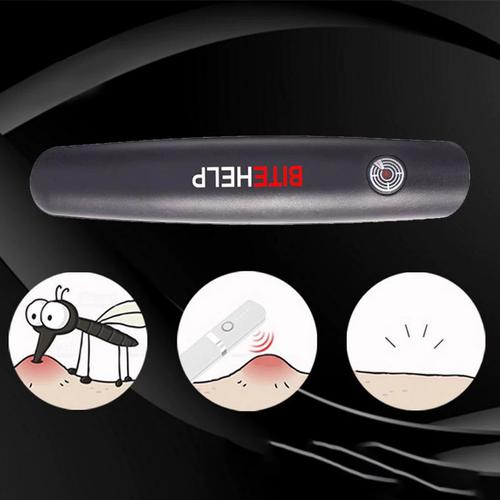
Different Bug Bites: A Comprehensive Guide
Have you ever found yourself scratching an itchy spot on your skin, only to realize it was caused by a bug bite? Bug bites can range from mild to severe, and understanding the different types and their symptoms is crucial for effective treatment and prevention. In this article, we will delve into the various bug bites you might encounter, their characteristics, and how to deal with them.
Common Types of Bug Bites
1. Mosquito Bites

Mosquito bites are one of the most common types of bug bites. They are characterized by small, red bumps that often appear in clusters. While most mosquito bites are harmless, they can transmit diseases such as malaria, dengue fever, and Zika virus. To prevent mosquito bites, wear long-sleeved clothing, use insect repellent, and eliminate standing water around your home.
2. Bed Bug Bites
Bed bugs are small, flat, and reddish-brown insects that feed on human blood. Their bites often appear in a line or cluster and can cause severe itching and redness. Bed bugs are difficult to eliminate, so it’s essential to inspect your sleeping area regularly and use bed bug-proof mattress covers and encasements.
3. Flea Bites
Flea bites are small, red, and often itchy bumps that can appear anywhere on the body. Fleas are commonly found in pets and their environments, so if you have a pet, it’s essential to keep them on a regular flea prevention regimen. To treat flea bites, use antihistamines and apply calamine lotion to soothe the itching.
4. Spider Bites
Spider bites can range from mild to severe, depending on the type of spider. Some spider bites, like those from the black widow or brown recluse, can be life-threatening. Symptoms of a spider bite include redness, swelling, and pain. If you suspect you’ve been bitten by a venomous spider, seek medical attention immediately.
Identifying Bug Bites
Identifying bug bites can be challenging, as they often look similar. However, there are some key characteristics to look for:
| Bug Bite | Characteristics |
|---|---|
| Mosquito Bite | Small, red bumps in clusters; can cause disease transmission |
| Bed Bug Bite | Red, itchy bumps in a line or cluster; difficult to eliminate |
| Flea Bite | Small, red, itchy bumps; often found on pets and their environments |
| Spider Bite | Redness, swelling, and pain; can be life-threatening |
It’s important to note that some bug bites may not cause any symptoms, while others can lead to severe allergic reactions. If you’re unsure about the type of bug bite you have, consult a healthcare professional.
Dealing with Bug Bites
When dealing with bug bites, there are several steps you can take to alleviate symptoms and prevent infection:
-
Wash the bite area with soap and water to prevent infection.
-
Apply a cold compress to reduce swelling and itching.
-
Use over-the-counter antihistamines or hydrocortisone cream to relieve itching and inflammation.
-
Keep the bite area clean and dry to prevent infection.
-
If you suspect a venomous spider bite, seek medical attention immediately.
Remember, while most bug bites are harmless, some can lead to serious health complications. If you experience severe symptoms, such as difficulty breathing, swelling of the face or throat, or a high fever, seek medical attention promptly.
Preventing Bug Bites
Preventing bug bites is the best way to avoid the discomfort and potential health risks associated with them. Here are some tips to help you stay protected:
-
Wear long-sleeved clothing and pants when outdoors, especially in areas with high bug populations.





